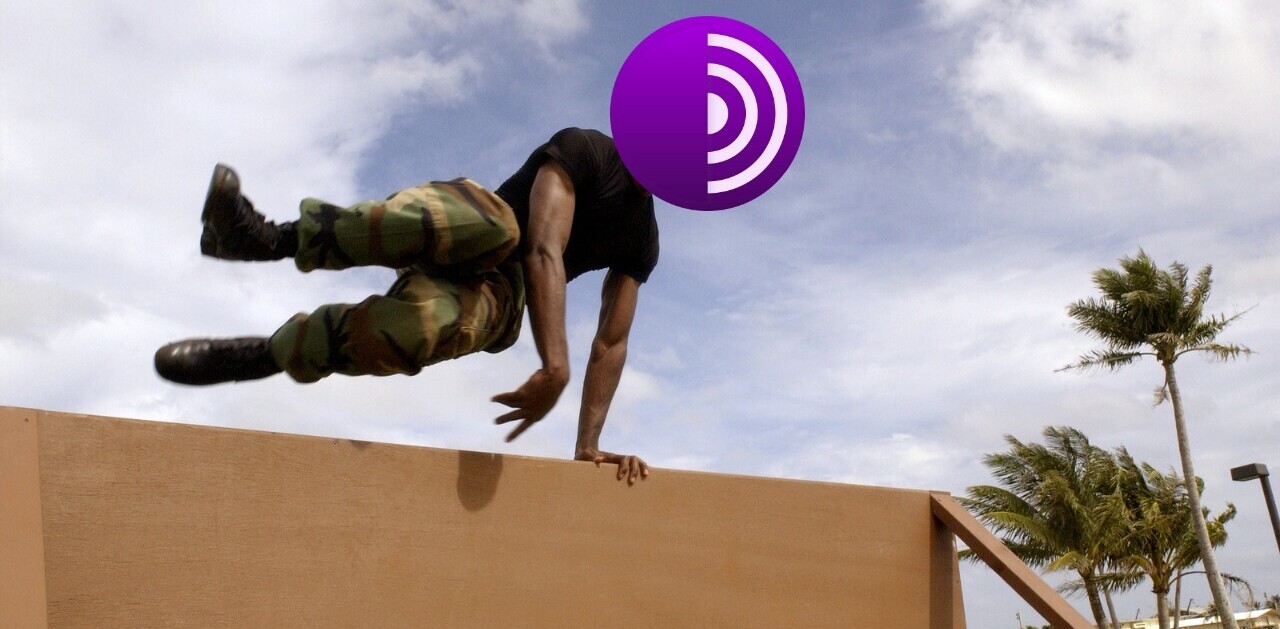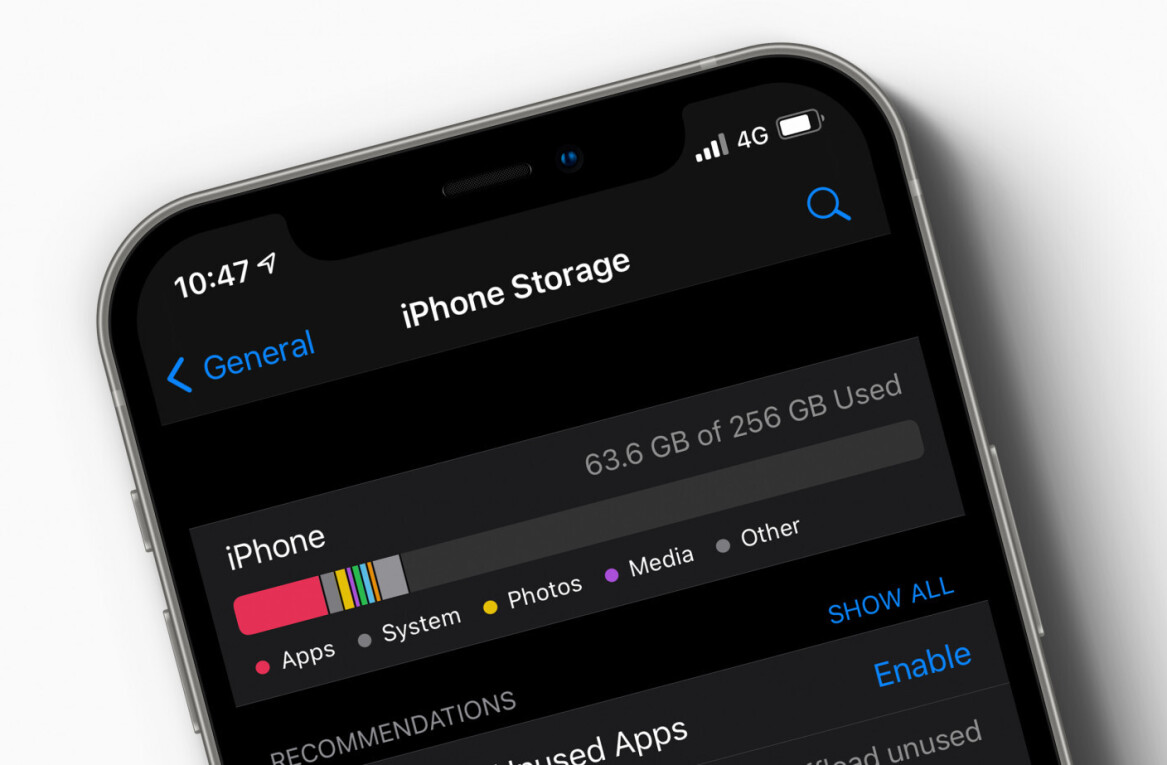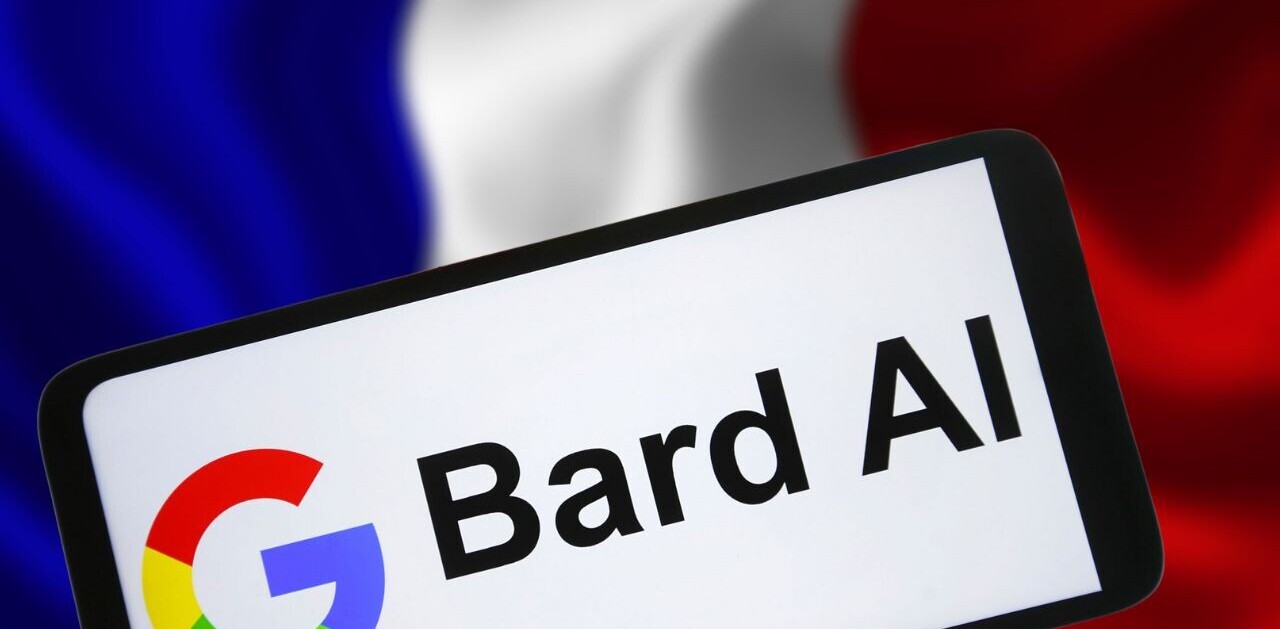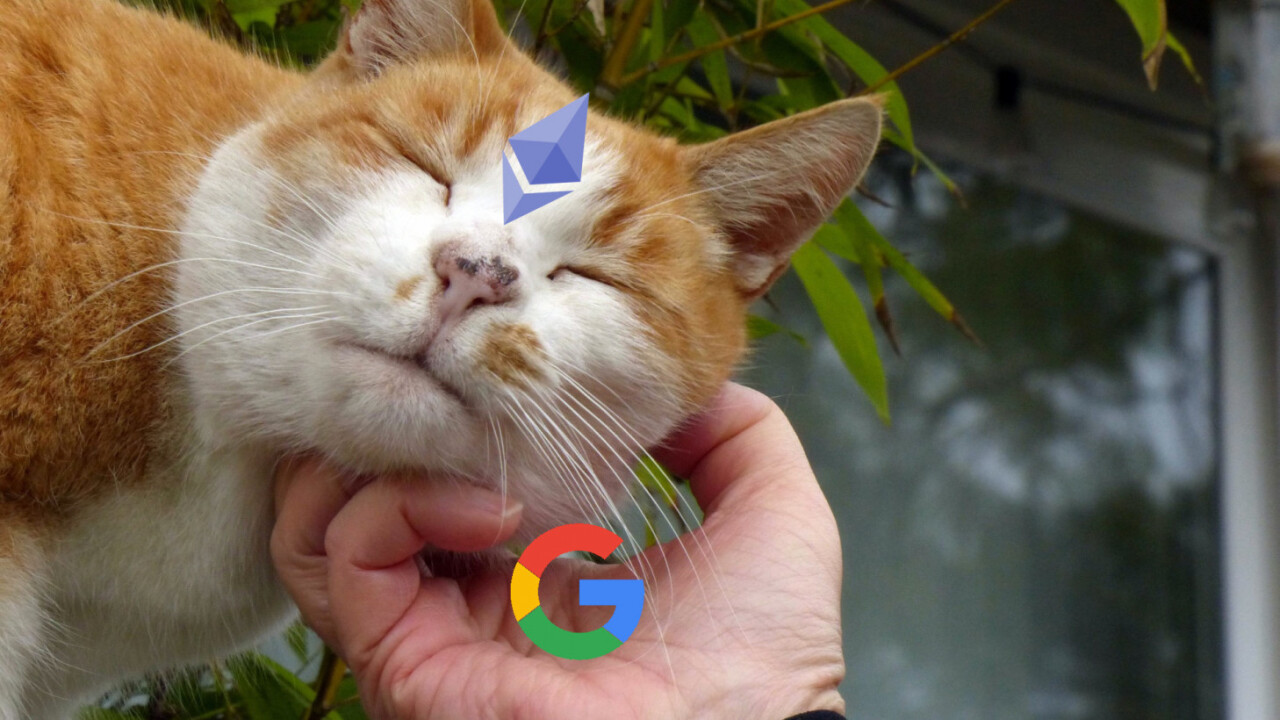
Google isn’t slowing down with the new blockchain tech. A few months after releasing Bitcoin support for its BigQuery database tool, Google has debuted a new plug-in for analyzing the Ethereum blockchain.
Google has provided users with a new avenue for directly interacting with Ethereum data. Services already exist that show information about wallet addresses and transactions, but until now, investigating the full breadth of data stored on the blockchain has been a cumbersome process. BigQuery can also connect directly with the Parity client.
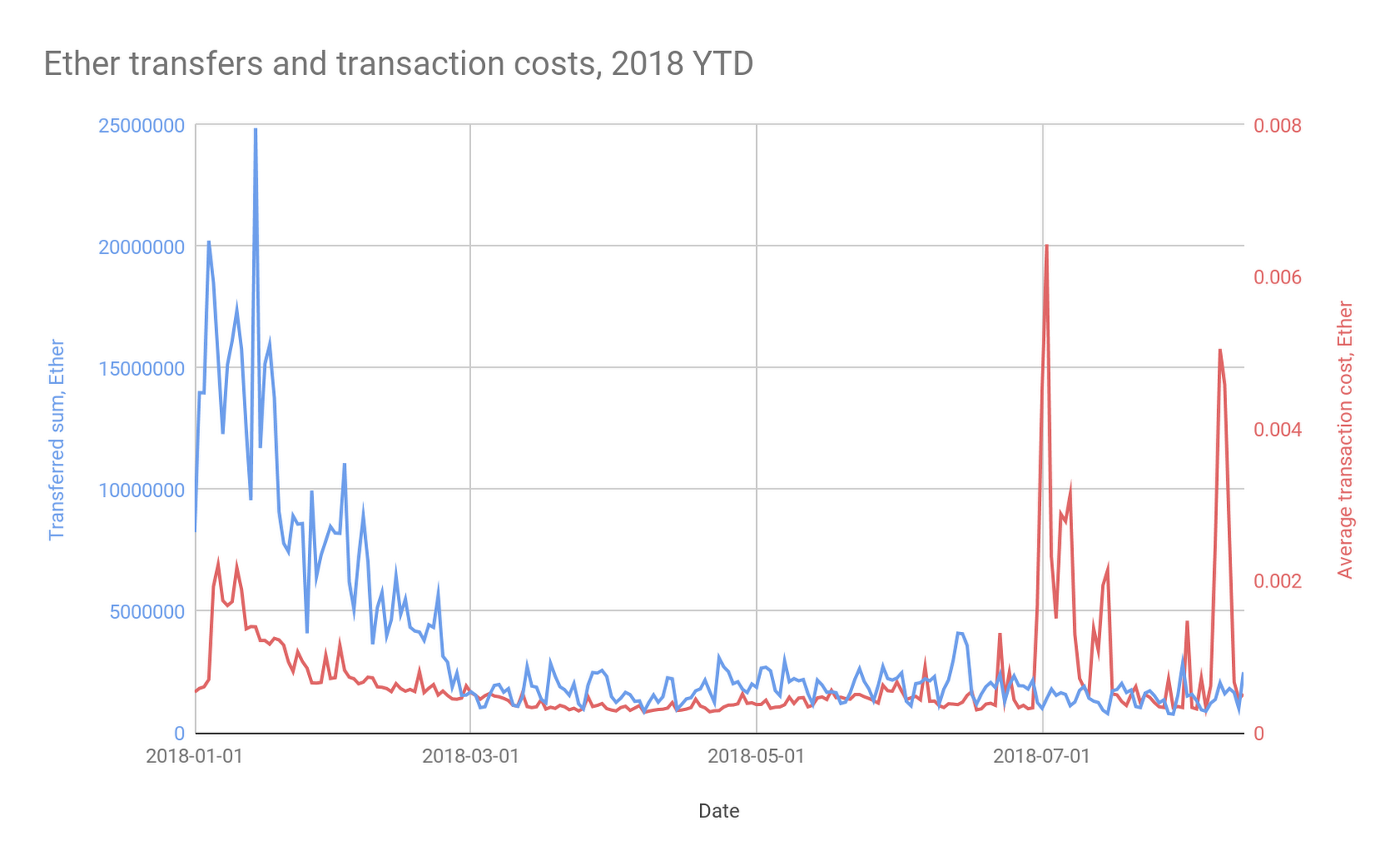
Regular Chrome users are now capable of reading all of the data stored on Ethereum’s blockchain. Take, for instance, this fancy new chart. BigQuery can show us graphs of all the Ethereum transfers, including transaction cost.
Graphs like these are most useful for making business decisions, even the development of the Ethereum architecture itself. With the new tool, checking to see if the Etheruem system is running at capacity and needs upgrading is made possible with a simple database query.
The Big G has also developed a new interface to visualize smart contracts. Google has used popular Ethereum dApp CryptoKitties as an example of how BigQuery can create interesting maps of Ethereum traffic.
Here’s an account overview of CryptoKitties breeders that own 10 or more digital cats; the size of the blobs indicate their breeding power.
This is quite literally an overview of the CryptoKitties pedigree. Is this creepy? I think it’s creepy.
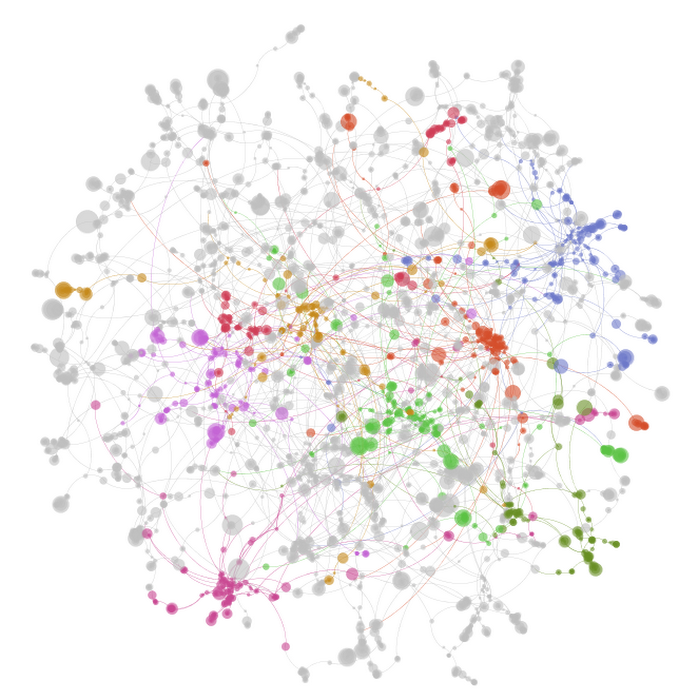
Other use cases aren’t so frivolous.
BigQuery can also give us clean overviews of token activity. Below, a graph shows us data related to transfers, specifically of the ERC-20 token OmiseGO (OMG). 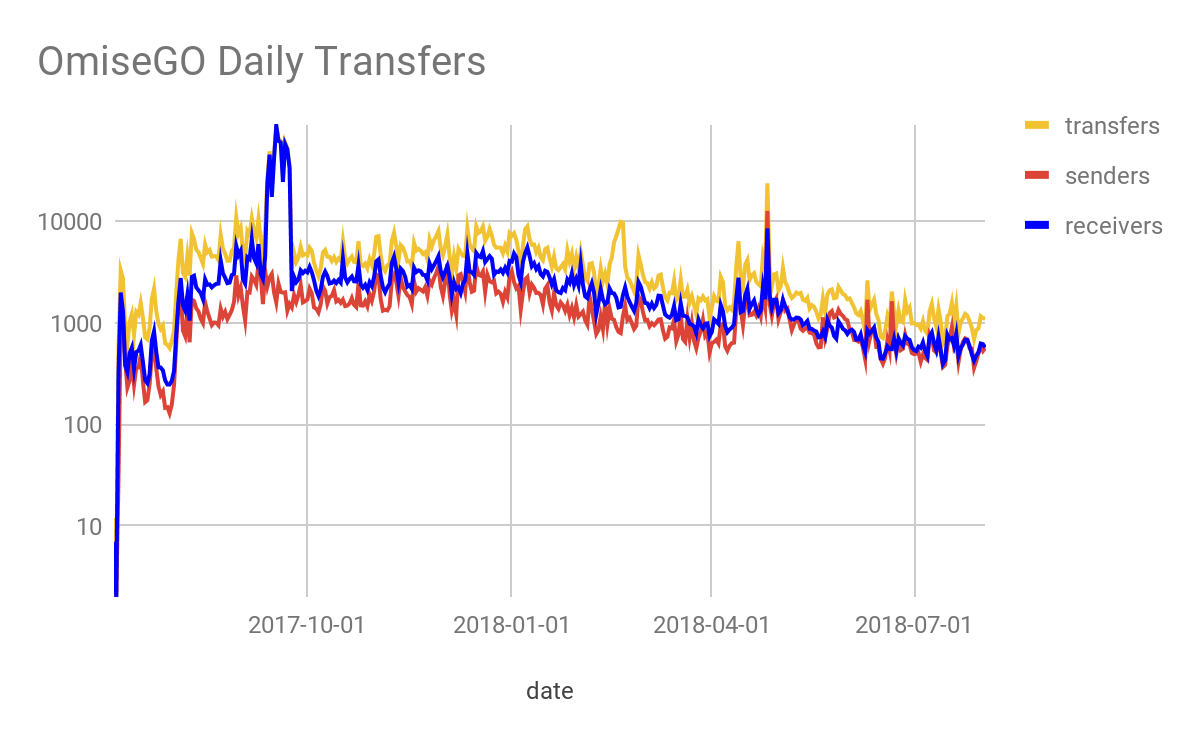
That big spike in blue activity corresponds to a recent airdrop, in which lots of OMG tokens were received by lots of wallets at once. We can infer that plenty of users kept the tokens they received, at least for that week.
Something completely new is the ability to compare smart contracts, particularly in their functionality. Ethereum’s integration with BigQuery brings the freedom that comes with a large suite of analytic tools.
The Ethereum data pulled by BigQuery is updated daily. To make full use of its functionality, a working knowledge of database programming is definitely helpful, as all queries are made using SQL.
Google is also prepping to release some other blockchain-related tools – it has previously announced a new development kit that should provide customers with an easy way to build smart contracts and deploy decentralized applications.
Get the TNW newsletter
Get the most important tech news in your inbox each week.

